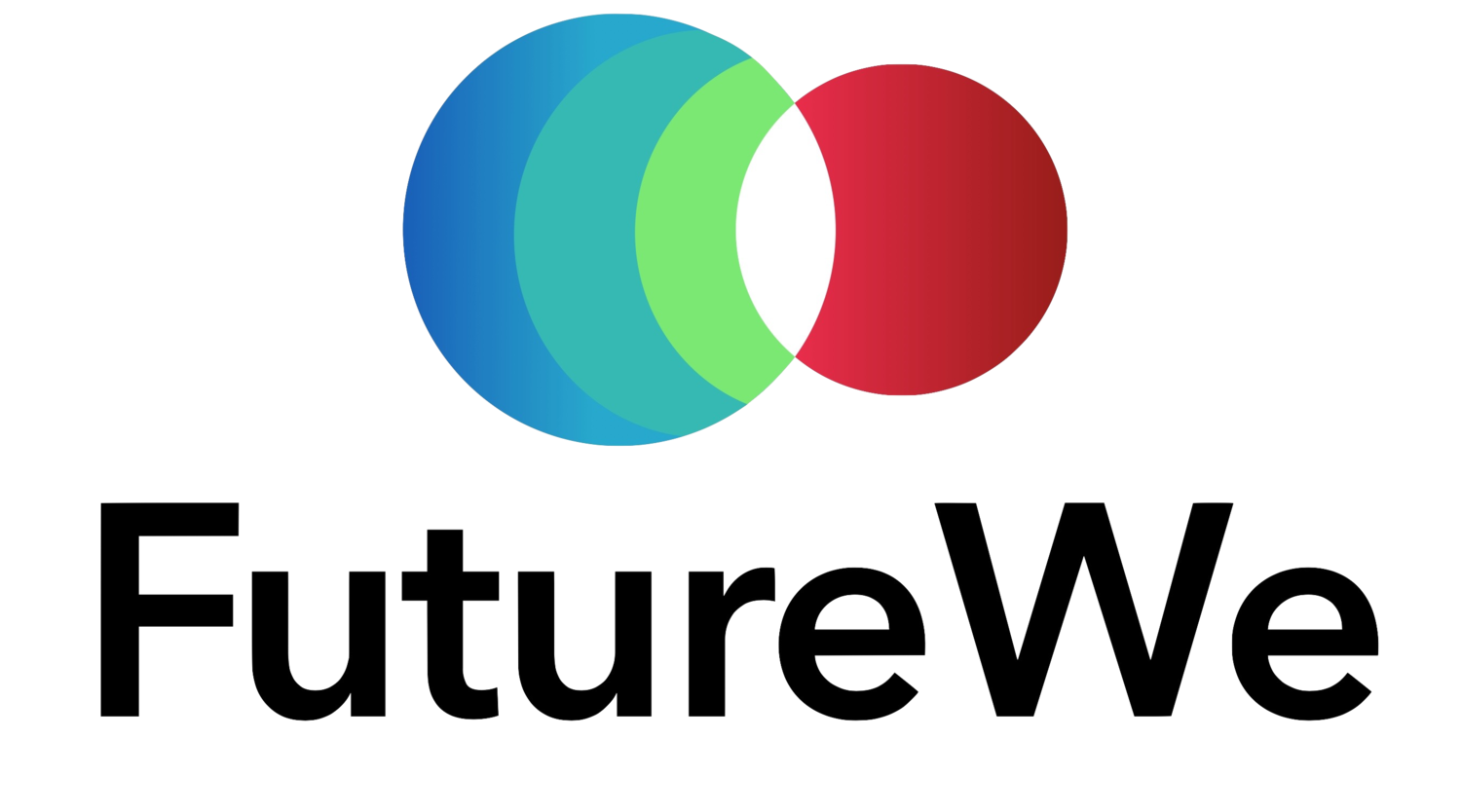SECTIONS: Intro | Shared Knowledge Base | Educational Applications | Blog
WHAT are some educational applications of beacons?
Here are some ideas we have gathered so far:
- "The technology currently is suited for use in educational institutions, and it soon could be applied in classrooms globally at all levels. The GPS capabilities enable teachers to administer pop quizzes, track attendance and provide lecture slides, among other content items." http://1776dc.com/news/2014/02/25/ibeacon-technology-opens-engagement-channels-for-educational-institutions/
GENERAL USES
- The 'push' features of this technology will allow different messages/triggers which are dependent on proximity. typically near,mid-distance and far within a circle of ~150feet(50metres) this zone extends vertically as well..
- Any possibly application could have an initial message on approach, another as the receiver gets within 'visual' range(10-20 metres/30-60ft) and then another finally at closest proximity (1-3metres/10ft)
- View this world's first application for students at Mathew Flinders College in Australia at iBeacon leader Paul Hamilton's blog.
- An alternative application could triangulate the location of the receiver. (it takes two points to draw a straight line on a plane/ three point to locate a position) The receiver could then be taken on a tour or follow a virtual signposted path..without the visual signposts..ideal for anyone visually impaired
- school directory for visitors
- school map for students/staff(!)
- replacement school bulletin/newsletter
- attendance verification eg roll marking - see example HERE
- school entry and exit welcome messages
- locate students in a room or building eg. seating plan lunchtime hangouts
SUBJECT/ LEARNING AREAS
- Maths-Geography A SIRI linked direction game for finding a geo-cache. Ability to hear and follow directions. Various levels of difficulty. Left/right/forward, North 40˚East 20 paces, N40E 30metres interactively the least number of directions is the most succesful. Could ask for directions, be turn based.
- .
See also these ideas from LearnerLab that might kick off some of your own.
More to come...
Content contributors - Jonathan Nalder, Gary Bass


